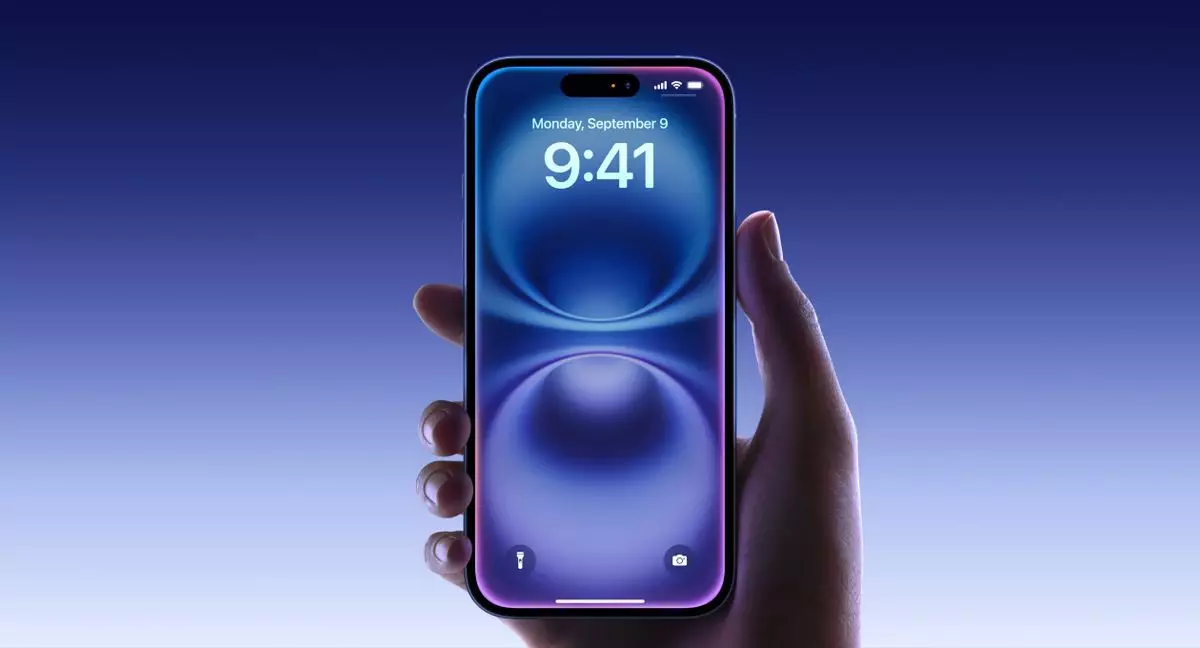In a recent turn of events, the U.S. Department of Justice’s Office of Public Affairs unveiled a shocking case involving two Chinese nationals who orchestrated a large-scale fraud targeting Apple Inc. This scheme, which notably resulted in a loss exceeding $2.5 million, raises serious questions about product authentication and the efficacy of corporate security measures. The methods employed by these fraudsters were so sophisticated that they not only deceived Apple but also brought to light the vulnerabilities inherent in the technology supply chain.
The heart of the matter lies in the mechanics of the scam. The scheme involved the submission of counterfeit iPhones under the guise of legitimate repair requests. Assured by fake International Mobile Equipment Identities (IMEIs), the fraudsters managed to convincingly present these devices as genuine. The twisted logic of the plan was to receive authentic iPhones in return, ultimately enriching the perpetrators at Apple’s expense.
Restitution and Its Implications
While the legal system has managed to assign prison sentences to the culprits and mandate monetary restitution, the lump sum of $1.47 million falls woefully short of covering the financial damage inflicted upon Apple. The glaring gap of more than a million dollars serves as a stark reminder of how challenging it can be to pursue complete justice in fraud cases of this magnitude. Despite Apple’s vast resources, the loss still resonates as something more significant than mere numbers. Not only does it reflect a substantial financial hit but also instills concern over how effectively companies can safeguard their products.
A noteworthy facet of the restitution is that, for Apple, a company valued at over $2 trillion, losing a small chunk of change may seem trivial. However, this incident triggers broader concerns about consumer trust and brand integrity. If a giant like Apple can fall prey to such deceptive practices, what does that imply for regular consumers who may not have access to advanced knowledge or tools for detecting counterfeit products?
Red Flags in the Second-Hand Market
This scandal serves as a cautionary tale for consumers, especially for those exploring the second-hand market for smartphones. With the rise of online marketplaces and secondary vendors, instances of counterfeit goods have surged. The advice to proceed with caution when purchasing items from non-verified sellers has never been more pertinent. A quick examination of the second-hand market reveals the potential pitfalls, making it imperative for consumers to prioritize buying from reputable sources.
In the realm of technology, individuals should adopt stringent practices when purchasing electronics. Understanding the product’s authenticity, looking for legitimate documentation, and verifying seller credibility can make the difference between a smart purchase and a costly mistake. Just as tech enthusiasts are advised to be vigilant in the second-hand iPhone arena, gamers should remain just as cautious regarding hardware components. Reports of fraudulent GPUs and CPUs flooding the market evoke a similar sense of unease.
Ultimately, this unraveling of a fraud scheme that significantly exploited Apple’s trust should make consumers, as well as corporations, rethink their buying strategies and fraud prevention mechanisms. Awareness and diligence are critical. It serves as a reminder that in an era of rapidly advancing technology, the authenticity of products must never be taken for granted.
As consumers navigate these risks, embracing a moderate skepticism towards deals that seem too good to be true can prove beneficial. As the adage goes, “If it seems too good to be true, it probably is.” Adopting a proactive approach to validate purchases may not only safeguard individual investments but also contribute to a more secure marketplace for everyone involved. Parallel to Apple’s struggles against sophisticated fraud, consumers must equip themselves with the vigilance necessary to thrive in a world teeming with deceit.

